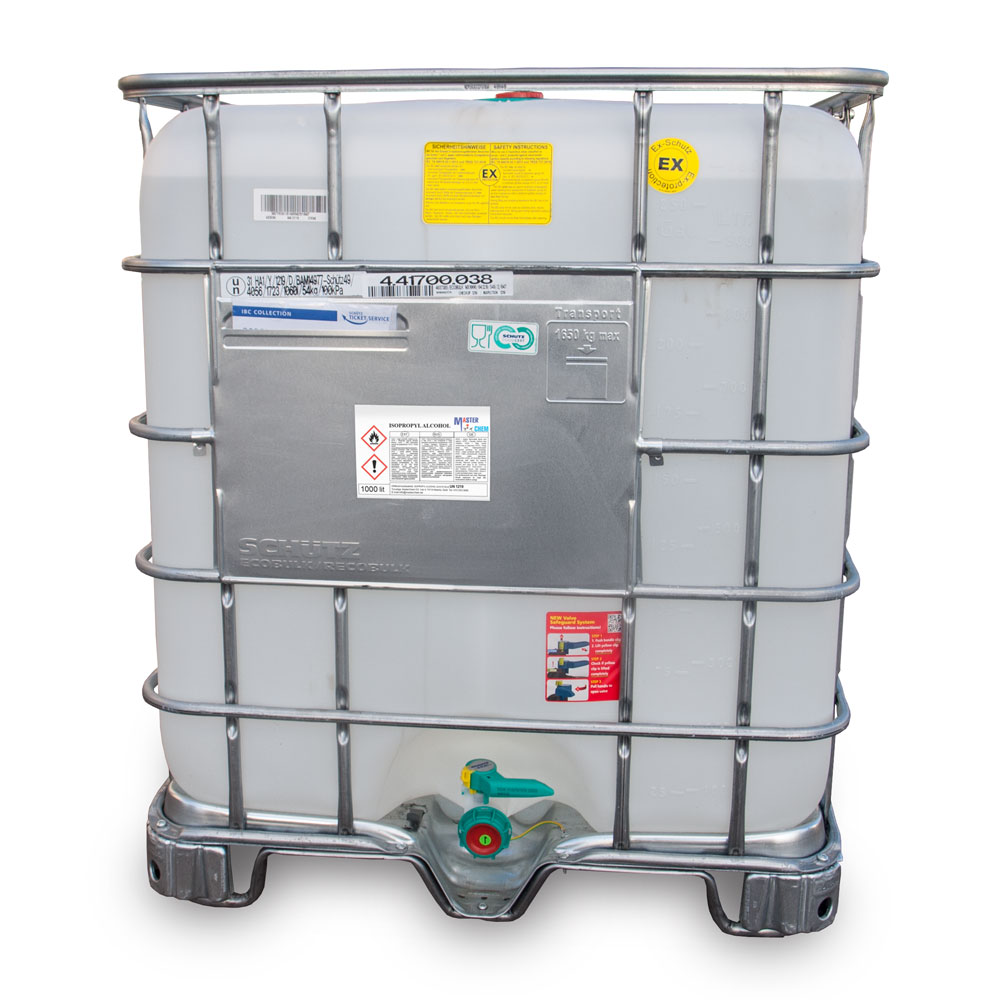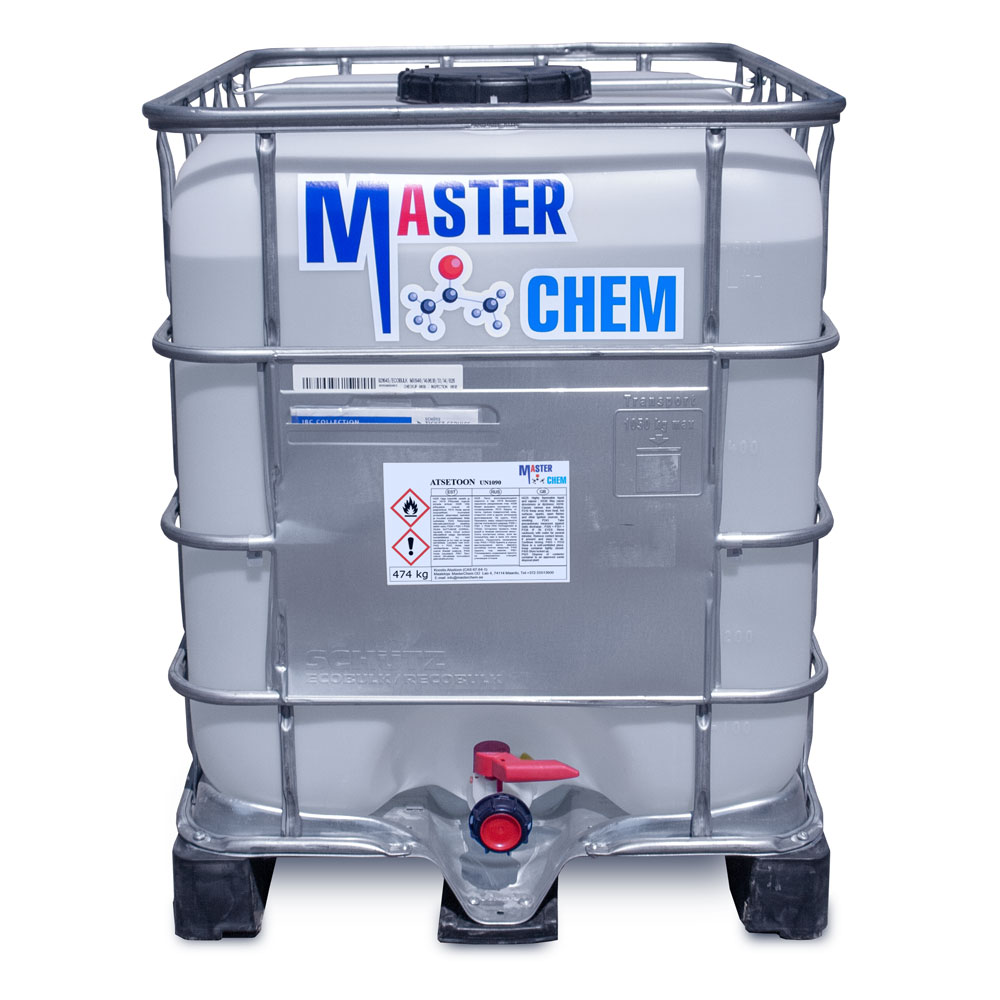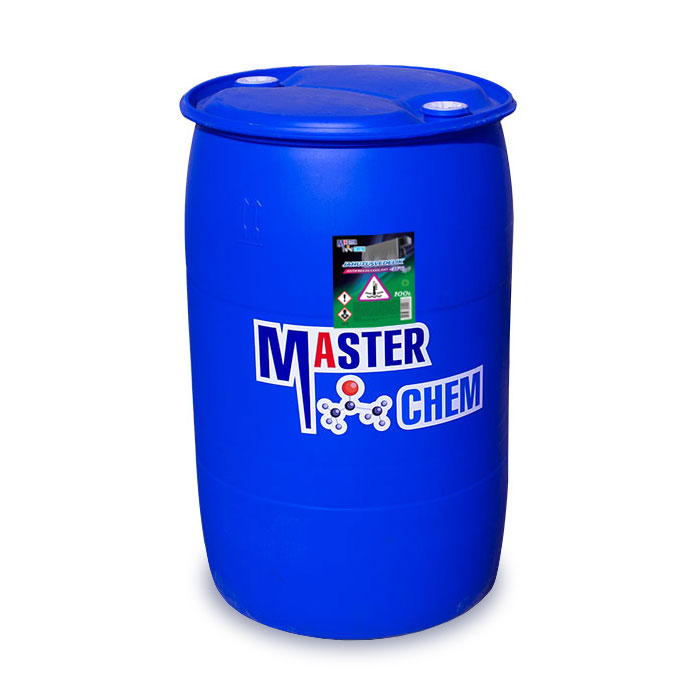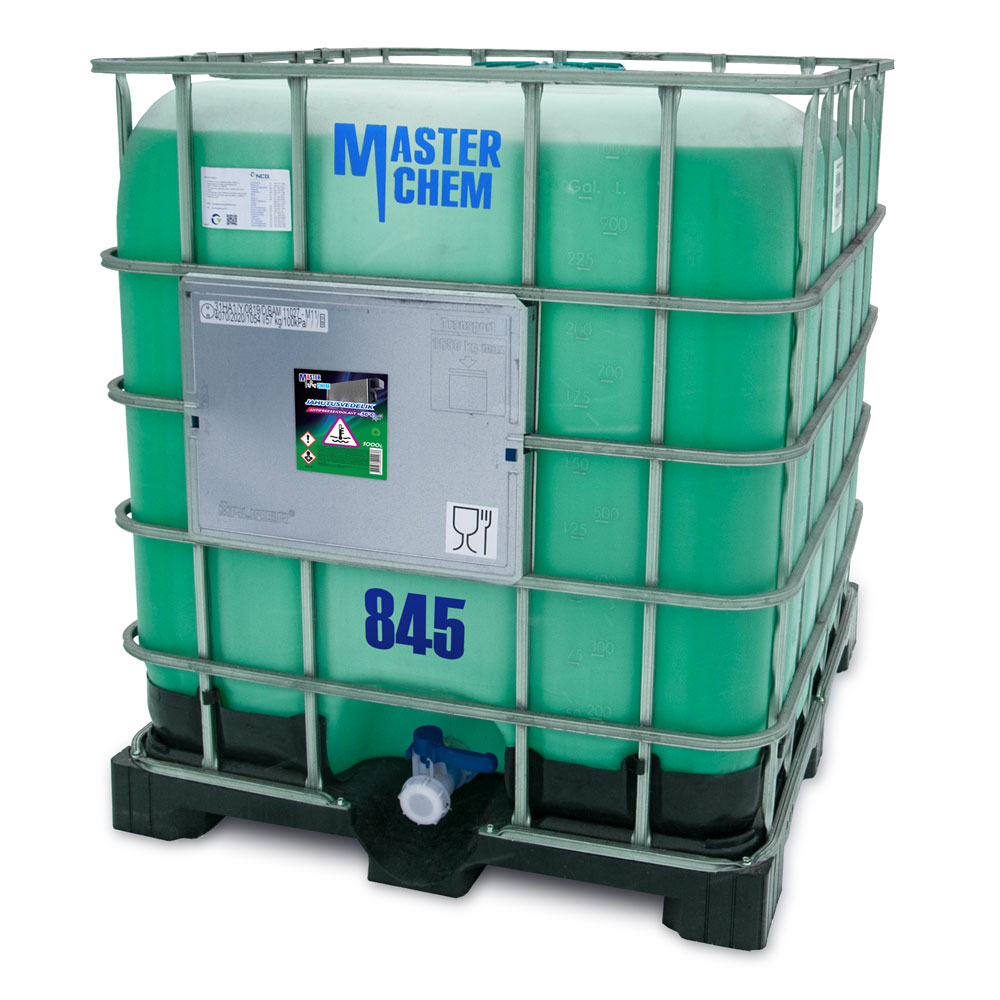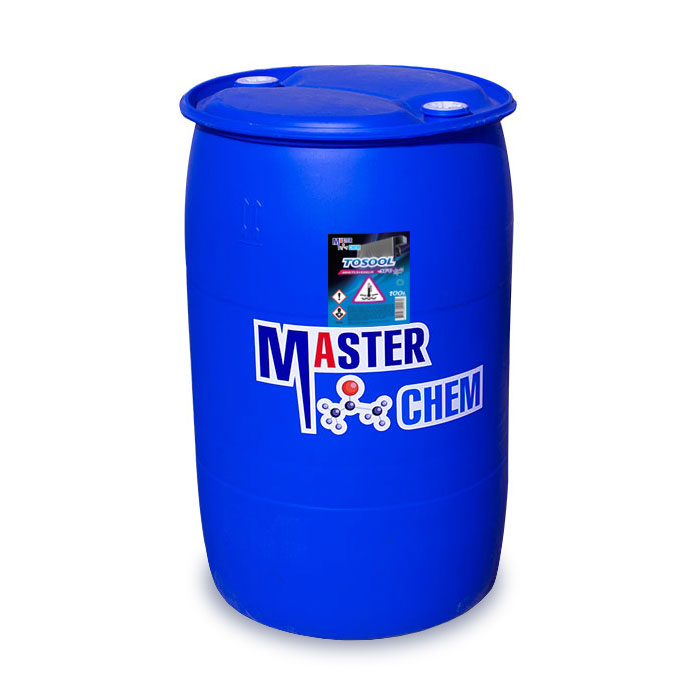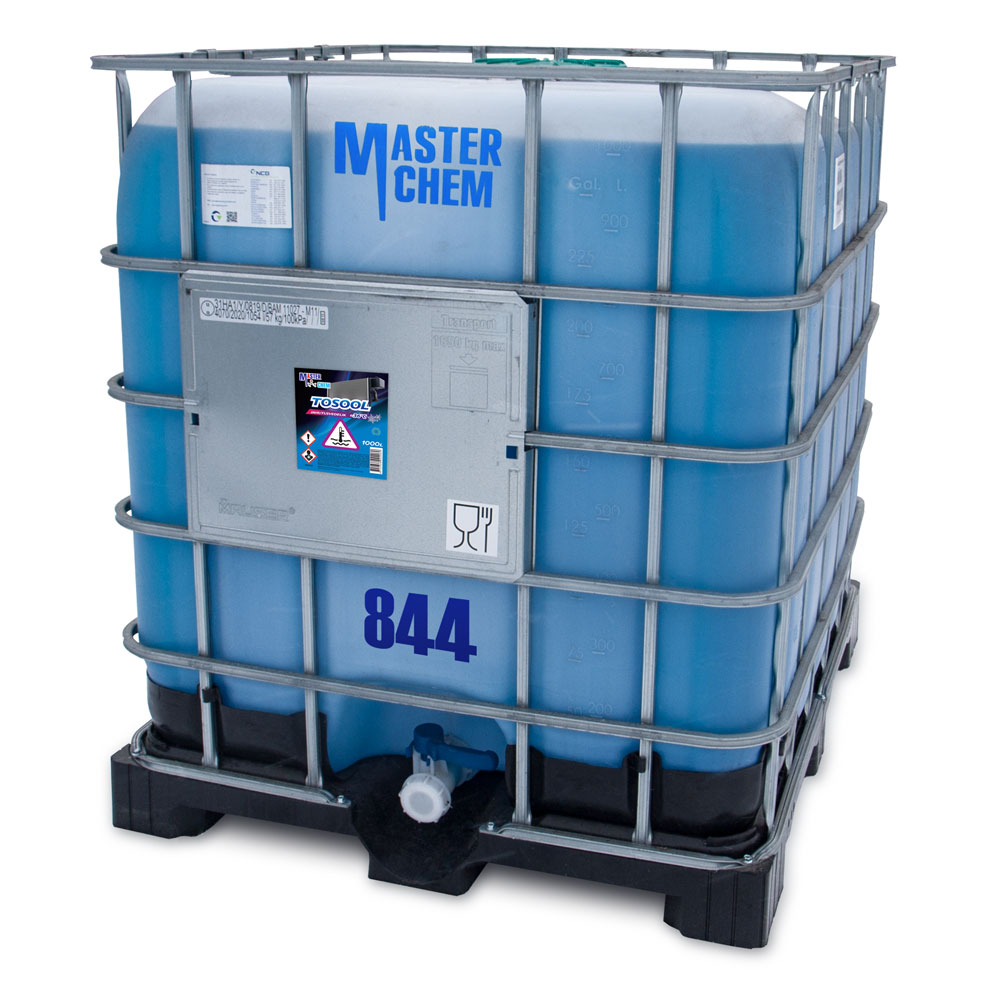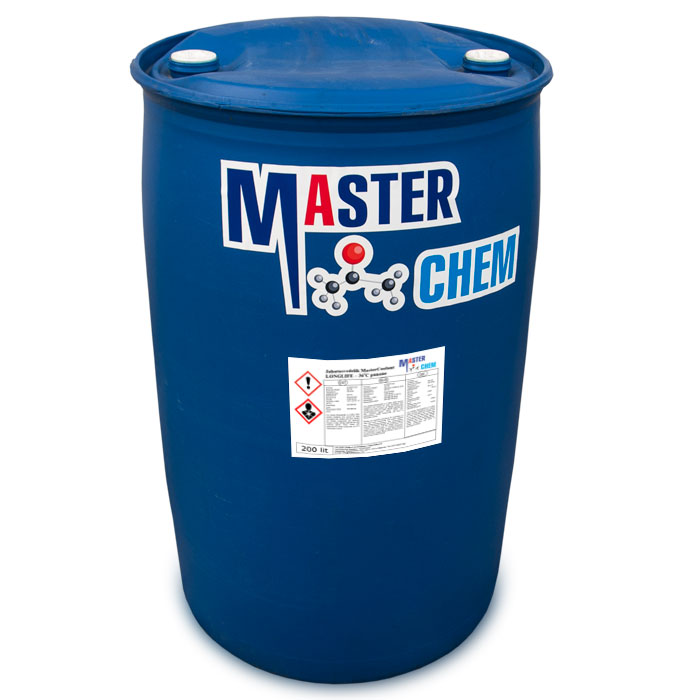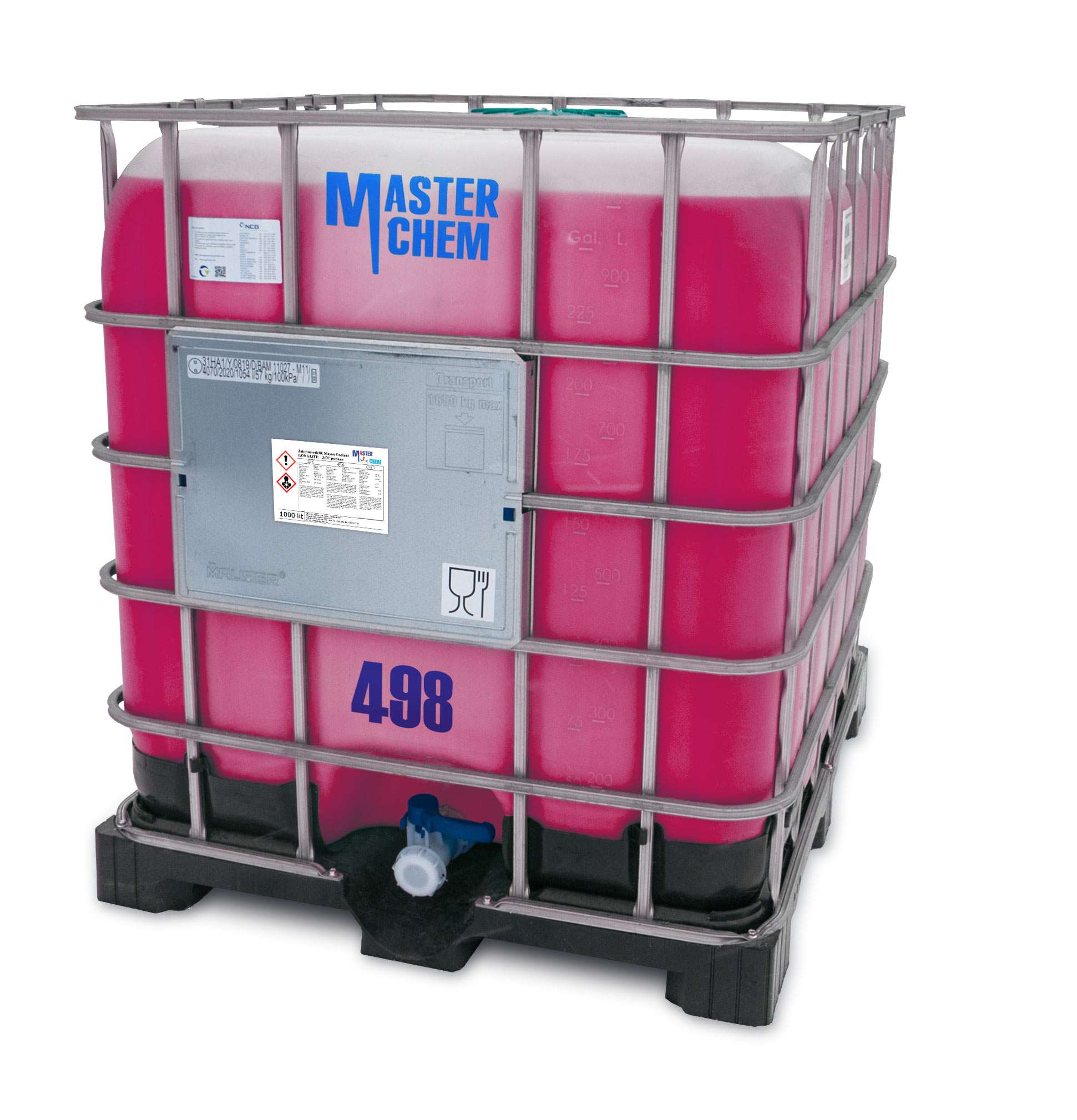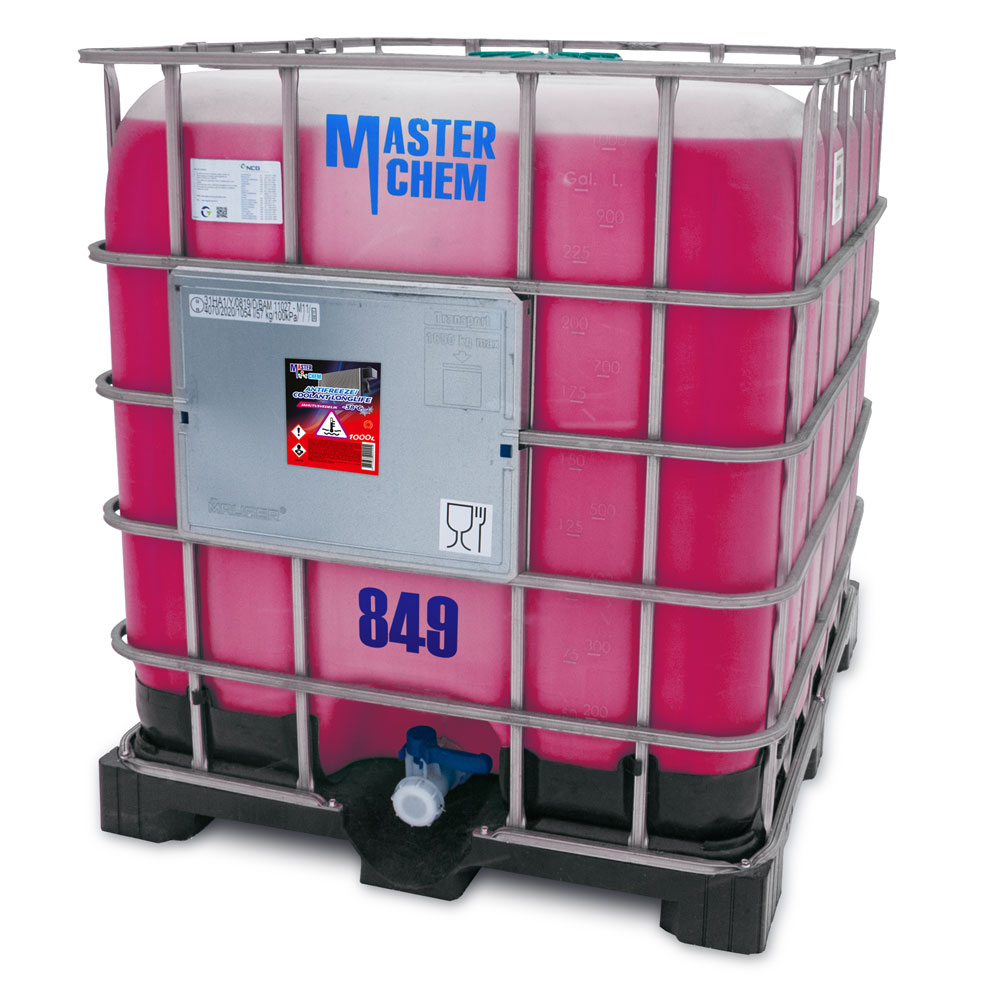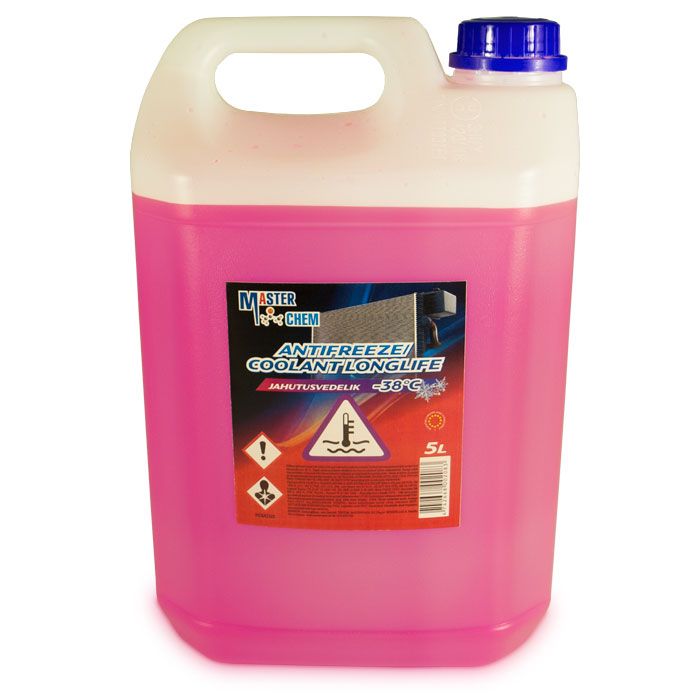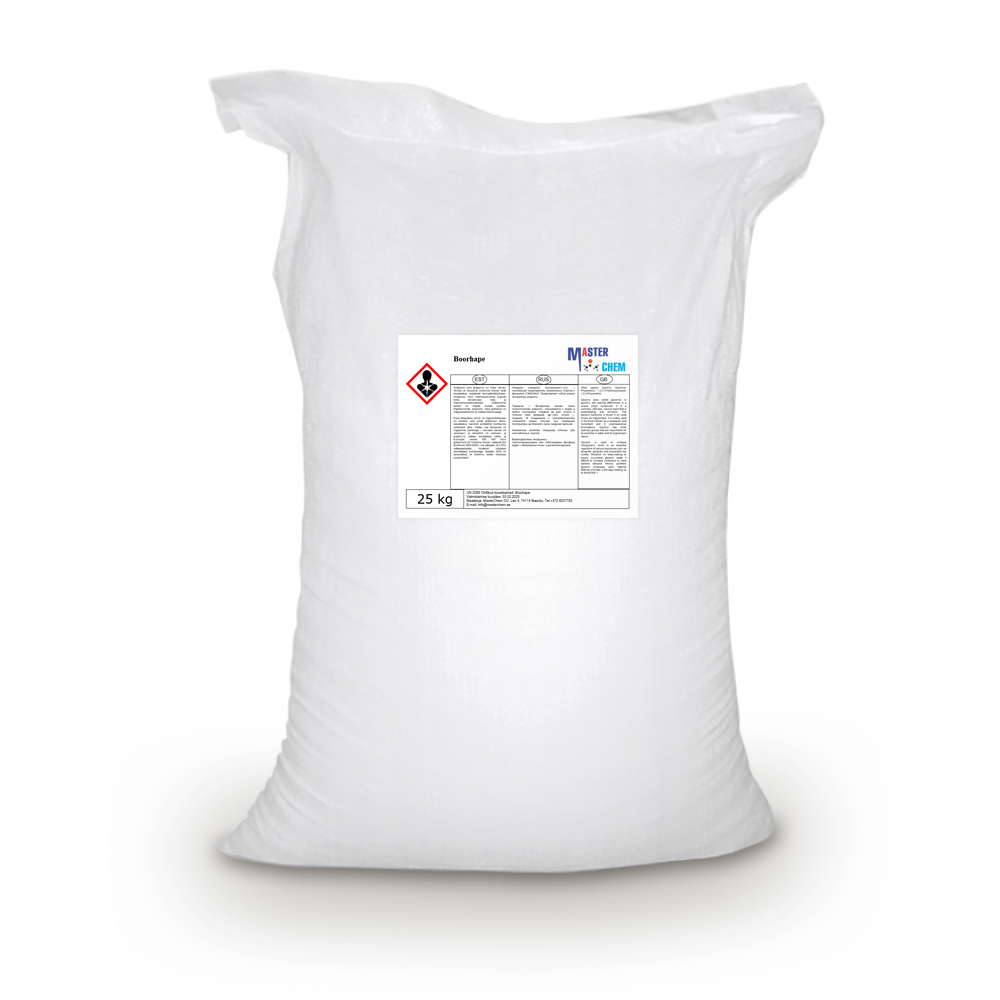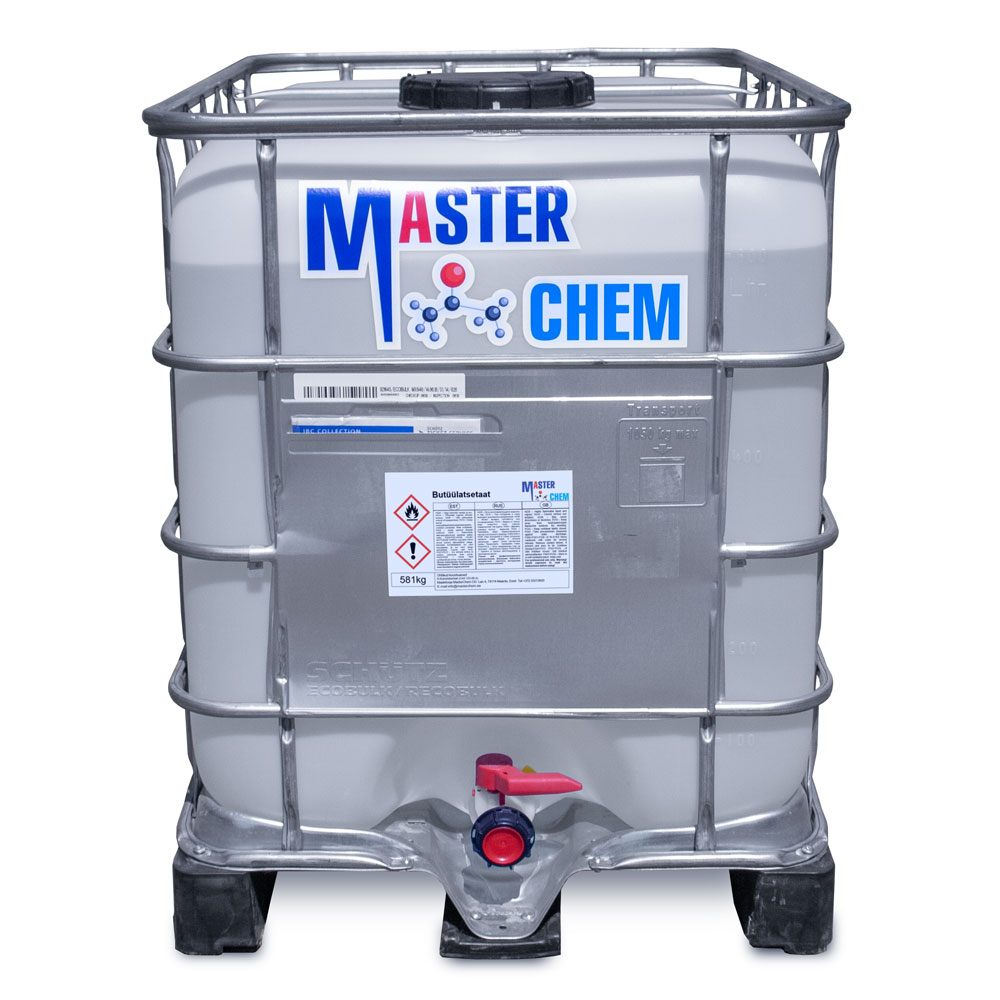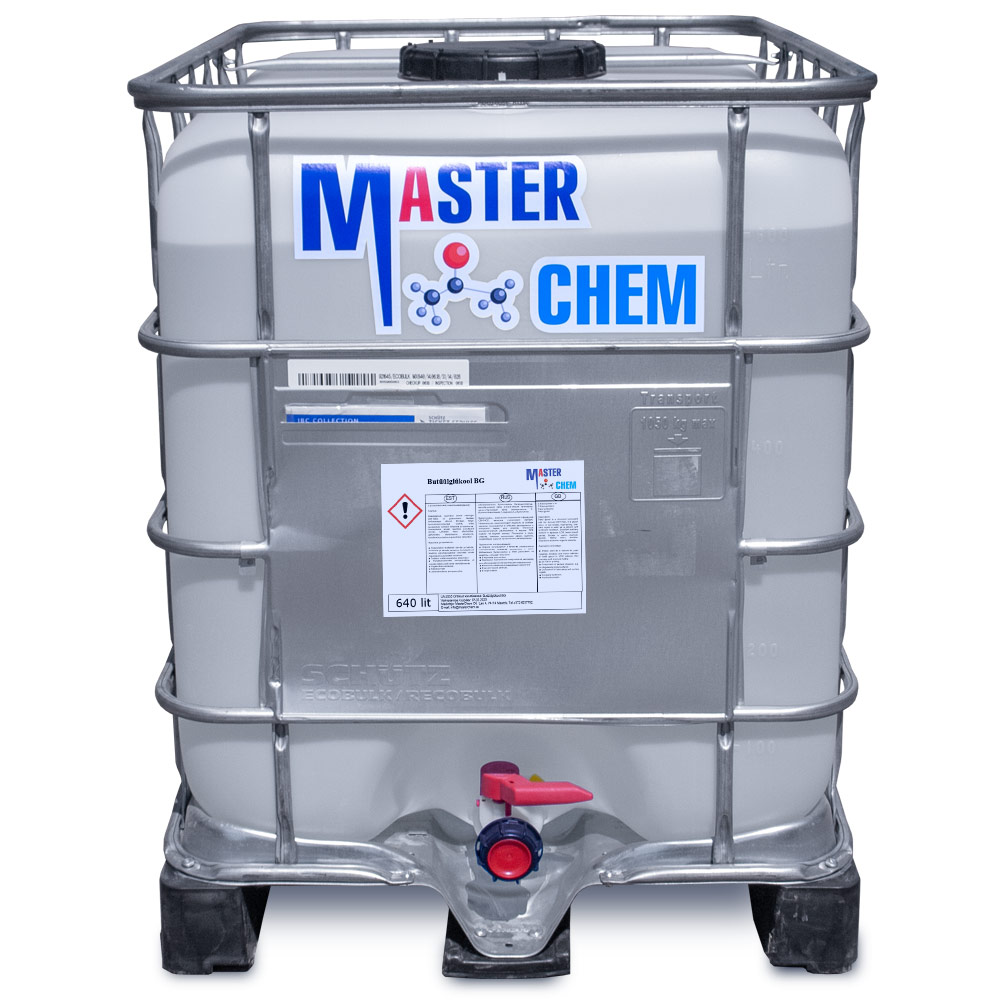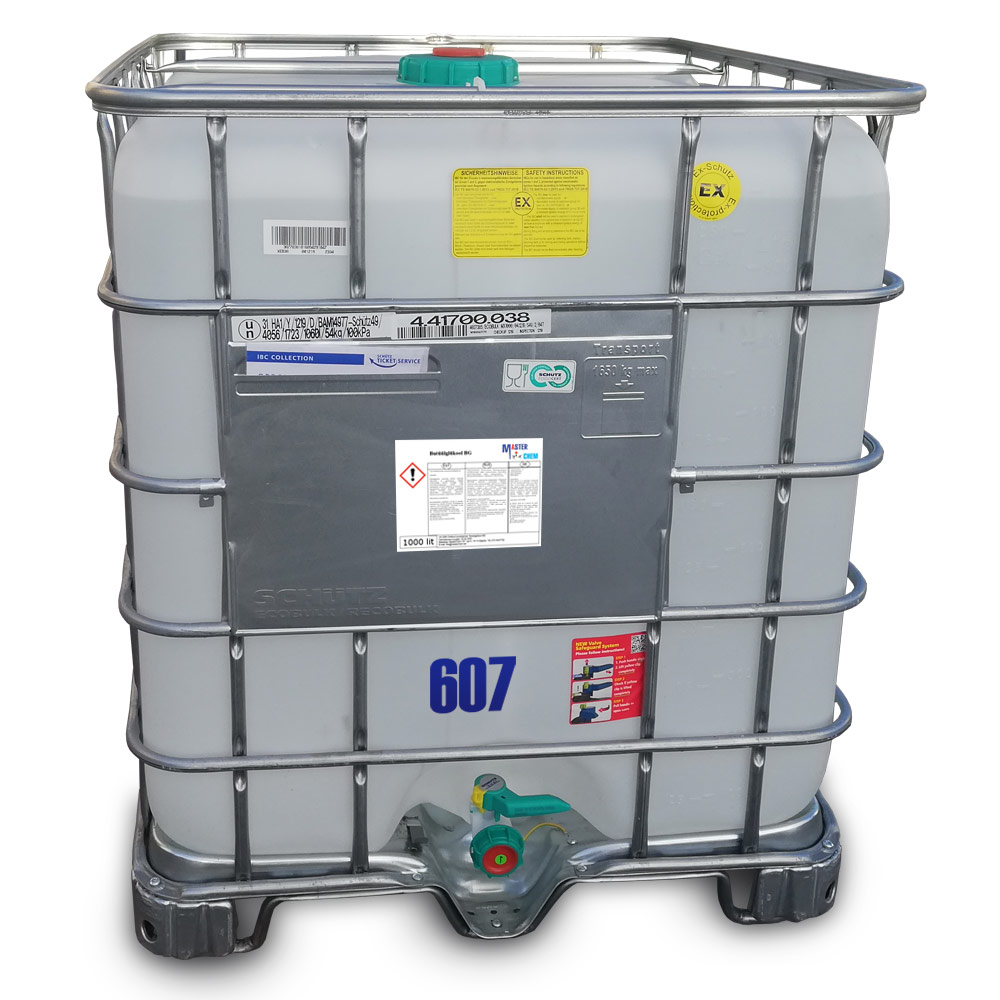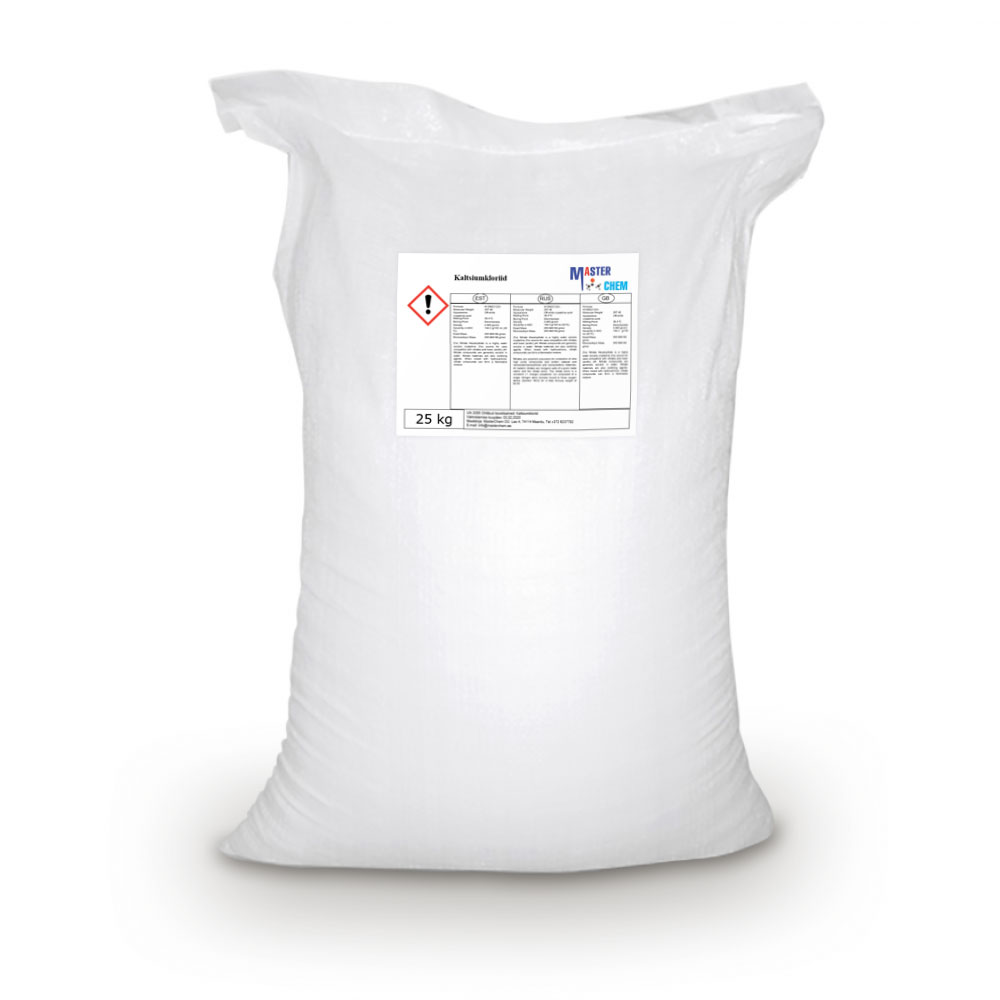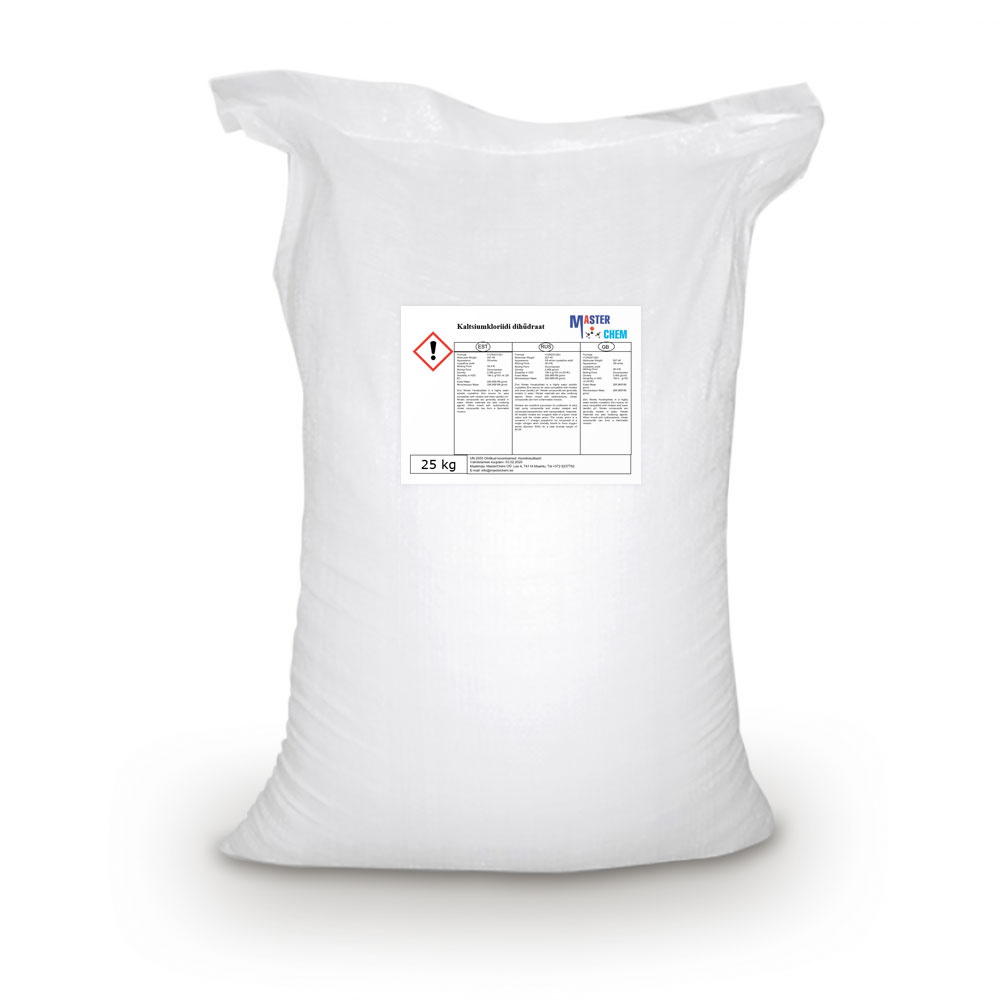Currently Empty: €0.00
Antifreeze -36°C Green
Ready-to-use ethylene glycol-based coolant for all gasoline and diesel engine cooling systems. Also suitable as a working fluid for heat exchangers at low and medium temperatures. Ensures proper engine operation, frost and corrosion protection. Freezing temperature up to -36 ° C. Service life in cooling system 2-3 years. Exceeds most European and international standards, including: ASTM В3306, BS 6580 (1992), AFNOR NF R15-601, SAE J1034.
Antifreeze Specification (TDS)
- Ethylene glycol 35%
- Ethylene glycol 40%
- Ethylene glycol 50%
- Ethylene glycol 100%
Antifreeze / Coolant TOSOL -36°C Blue
Ready-to-use coolant for vehicles is intended for use in all types of modern cooling systems, as specified by the vehicle manufacturer. Protects the cooling system at temperatures above -36 ° C. Tosol can be used in combination with other coolants (made from ethylene glycol basil). Conforms to BS 6580 and ASTV 3306 standards.
Boric Acid (CAS 10043-35-3)
Boric Acid (CAS 10043-35-3)
Boric acid, also called hydrogen borate, boracic acid, and orthoboric acid is a weak, monobasic Lewis acid of boron. However, some of its behaviour towards some chemical reactions suggest it to be tribasic acid in the Brønsted sense as well. Boric acid is often used as an antiseptic, insecticide, flame retardant, neutron absorber, or precursor to other chemical compounds. It has the chemical formula H3BO3 (sometimes written B(OH)3), and exists in the form of colorless crystals or a white powder that dissolves in water. When occurring as a mineral, it is called sassolite.
Butyl glycol BG (CAS 111-76-2)
2-Butoxyethan-1-ol, 2-Butoxyethanol, Butyl cellosolve, Butyl glycol, Butyl monoether glycol, EGBE (ethylene glycol monobutyl ether), Dowanol EB, Bane-Clene, Eastman EB solvent, BH-33, industrial cleaner, Solvaset, 2-BE, EGMBE, Butyl oxitol, Ektasolve, Jeffersol EB
Description:
Butyl glycol is a chemical compound with the formula C6H14O2, is a glycol ether. A low-volatile, high-boiling, low-odor liquid is used as a solvent and synthesis feedstock. Excellent auxiliary solvent in aqueous LCM (water-based paints). Soluble in water, alcohols, glycols, diethyl ether, acetone, chloroform and other organic solvents.
Calcium chloride (CAS 10043-52-4)
Calcium chloride (CAS 10043-52-4)
Calcium chloride is an inorganic compound, a salt with the chemical formula CaCl2. It is a white coloured crystalline solid at room temperature, and it is highly soluble in water. It can be created by neutralising hydrochloric acid with calcium hydroxide.
Calcium chloride is commonly encountered as a hydrated solid with generic formula CaCl2(H2O)x, where x = 0, 1, 2, 4, and 6. These compounds are mainly used for de-icing and dust control. Because the anhydrous salt is hygroscopic, it is used as a desiccant.
Calcium chloride dihydrate (CAS 10035-04-8)
Calcium chloride dihydrate (CAS 10035-04-8)
Calcium chloride is an inorganic compound, a salt with the chemical formula CaCl2. It is a white crystalline solid at room temperature, and it is highly soluble in water. It can be created by neutralising hydrochloric acid with calcium hydroxide.
Calcium chloride is commonly encountered as a hydrated solid with generic formula CaCl2·xH2O, where x = 0, 1, 2, 4, and 6. These compounds are mainly used for de-icing and dust control. Because the anhydrous salt is hydroscopic and deliquescent, it is used as a desiccant.


